What happens when your new job is to manage or reinvent a Documentation Department? Where do you begin? What do you need to know? Here are some tips on getting to know your Department and Technical Writers without stepping on any toes and without being too forceful. There is a lot to talk about here, so this is the first of two posts. Even two posts may not be enough, but I will share what I can for now. Let’s begin.
During the first meeting with the Technical Writers and team members, let them know why the meeting was called and present your ideas of what makes a viable Documentation Department and simultaneously, gather the following information from each member of the meeting. You can ask the following questions (if the group is small), hand out questions at the meeting (and arrange a follow-up meeting), or email the questions prior to the meeting (if the group is large or global).
By getting to understand the current processes, you familiarize yourself with the team members and you can determine whether or not changes have to be made.
Projects – What projects are the technical writers involved with?
- Are we included on project plans or charters?
- Do the writers also create their own project plans?
- Who sets the writers deadlines?
- Are more than one writer assigned per project?
- What projects have they worked on?
- Estimate how many documents are needed for each project.
Writing – What is involved?
- What documents are each writer in charge of?
- Do they write mostly for content or the web?
- What format are most documents produced in (docx, pdf, html, xml, etc.) ?
- What departments and whom do they meet with for gathering their information?
- How often do they meet with others and are they helpful?
- Is it difficult to set up meetings with Subject matter Experts (SME’s) to get the needed information?
- Estimate the turnaround time for each new document created.
- What happens when a document is late?
Collaboration – How well is the department working with others or vice versa?
- What meetings do the writers attend for gathering information?
- Are they part of status meetings?
- Are they given enough time to produce their documentation?
- Do they attend meetings when a project begins?
- How are they notified of changes/updates to documents?
- How are they handling conflicts or bottlenecks?
- Are they given enough time to make necessary changes to their documents because of a change in process or development or any kind of adjustment that impacts the document?
- What road blocks or bottle necks do you face daily?- such as – Delays about notification changes or when there is too long of a lag in time between reviews.
When you have gathered all this information, create a mapping or matrix for yourself and try to see the whole picture of how the current Documentation Department operates. See if there are trends or cycles of heavy and light workloads or when more resources are needed. This should help you get a clearer picture of your Technical Writers functions, the Department performance, and where improvements are needed.











